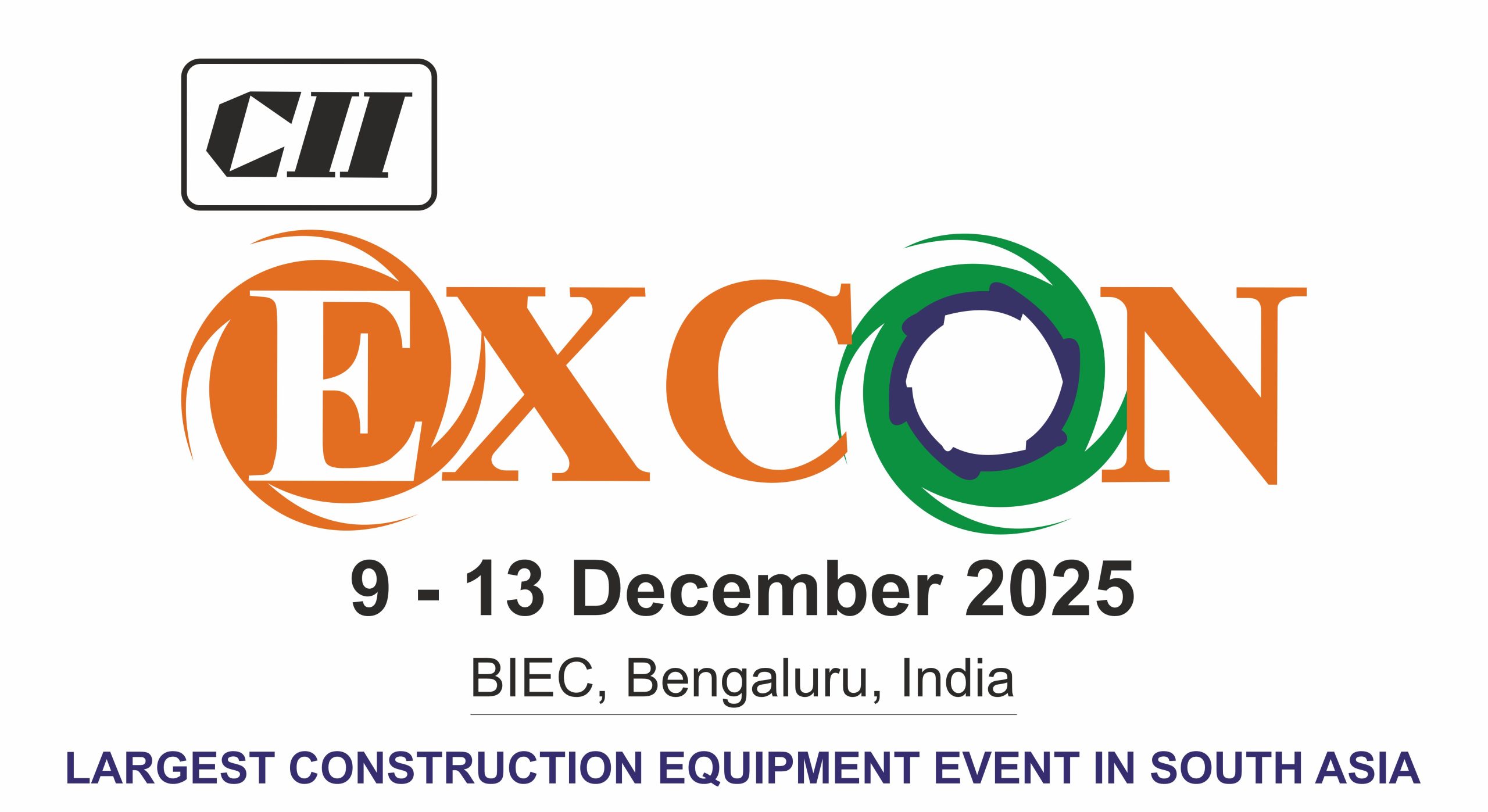India’s latest diplomatic overture toward Afghanistan—focused on cooperation in rare earths and critical minerals—marks a pivotal moment for its manufacturing ambitions. The Taliban administration’s invitation to New Delhi to explore opportunities in mining may be years away from execution, but strategically, the agenda is already set: securing the resources that will define the next industrial era.
Afghanistan is believed to hold vast reserves of lithium and rare earth elements—materials that power EV batteries, energy-storage systems, advanced electronics, and defence technologies. For a nation positioning itself as a global manufacturing hub in clean energy and high-tech sectors, this outreach is more than geopolitical signalling; it is economic statecraft.
India currently relies heavily on imports, particularly from China, for critical minerals and battery components. This dependence constrains domestic manufacturing and exposes India to supply-chain vulnerabilities. Engagement with Afghanistan gives India the chance to diversify sourcing, build long-term mineral security, and back its ambitious energy-transition targets with real resource access.
For the manufacturing sector, the implications are profound:
- Acceleration of domestic battery manufacturing and gigafactory ecosystems
- Strengthening of EV and renewable energy supply chains
- Boost to electronics, aerospace, and defence production
- Greater self-reliance in core industrial inputs
This initiative complements the momentum created by Production-Linked Incentive schemes, green hydrogen goals, and semiconductor and electronics-manufacturing pushes. Secure mineral supply is the missing foundation—and New Delhi is now laying the groundwork for it.
India’s engagement with Afghanistan is a long-view investment in industrial sovereignty. By moving early and strategically, India signals its intent to shape future mineral corridors and manufacturing value chains across Asia.
For India’s factories, innovation ecosystems, and clean-tech champions, this step is not merely diplomatic—it is the beginning of resource-driven industrial transformation in the decade ahead.









